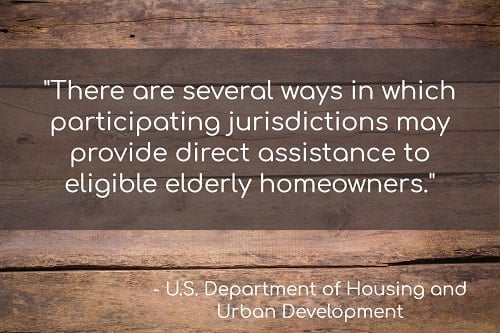Understanding the Process of Foreclosing on a VA Home Loan: What You Need to Know
#### Foreclosing on a VA Home LoanForeclosing on a VA home loan can be a complex and daunting process for many homeowners. The U.S. Department of Veterans A……
#### Foreclosing on a VA Home Loan
Foreclosing on a VA home loan can be a complex and daunting process for many homeowners. The U.S. Department of Veterans Affairs (VA) provides benefits to veterans and active-duty service members, including favorable loan terms and conditions. However, circumstances can arise where a borrower may struggle to keep up with their mortgage payments, leading to potential foreclosure. Understanding this process is crucial for anyone facing financial difficulties while holding a VA-backed mortgage.
#### What is Foreclosure?
Foreclosure is the legal process by which a lender takes possession of a property when the borrower fails to make mortgage payments. In the case of a VA home loan, the lender is typically a private bank or mortgage company that has issued the loan backed by the VA. The VA guarantees a portion of the loan, which reduces the risk for lenders but does not eliminate the borrower's responsibility to make timely payments.
#### Reasons for Foreclosure
There are various reasons why a homeowner may face foreclosure on a VA home loan. Common causes include job loss, medical emergencies, divorce, or other financial hardships. When a borrower misses several payments, the lender may initiate foreclosure proceedings, leading to the loss of the home.
#### The Foreclosure Process

The foreclosure process typically begins after a borrower has missed a certain number of payments, usually three to six months. The lender will send a notice of default, informing the borrower of their delinquency and the potential for foreclosure. Following this, the lender may initiate a judicial or non-judicial foreclosure process, depending on state laws.
1. **Notice of Default**: This is the first formal step in the foreclosure process. It informs the borrower that they are behind on payments and provides a timeframe to remedy the situation.
2. **Pre-Foreclosure**: During this phase, the borrower may have the opportunity to negotiate with the lender, seek a loan modification, or explore alternatives like a short sale.
3. **Auction**: If the borrower cannot resolve the default, the property may be scheduled for auction. The lender will sell the home to recover the owed amount.
4. **Post-Foreclosure**: If the home is not sold at auction, it becomes a real estate-owned (REO) property, and the lender takes possession.

#### Options to Avoid Foreclosure
Before reaching the foreclosure stage, homeowners should explore options to avoid losing their home. The VA offers several resources and programs to assist veterans facing financial difficulties:
- **VA Loan Modification**: Borrowers may be able to modify their loan terms, such as extending the loan term or reducing the interest rate.
- **Repayment Plans**: Lenders may offer repayment plans that allow borrowers to catch up on missed payments over time.
- **Forbearance**: This temporary relief allows borrowers to pause or reduce their mortgage payments for a specific period.

- **VA Home Loan Assistance**: The VA provides counseling services to help veterans understand their options and navigate the foreclosure process.
#### Conclusion
Foreclosing on a VA home loan is a serious matter that can have long-lasting effects on a veteran's financial future. It's essential for borrowers to communicate with their lenders as soon as they encounter difficulties making payments. By understanding the foreclosure process and exploring available options, homeowners can take proactive steps to protect their homes and financial well-being. Remember, seeking help early can make a significant difference in the outcome.